Village of Bosteri. Guesthouses: Golden Sands, Riviera, Dolphin de Luxe
Coordinates: 42°38'46.6"N 77°11'26.4"E
We are accustomed to considering Issyk-Kul one of the cleanest bodies of water on the planet, carelessly believing that a bag or plastic bottle thrown on the beach next to a trash can won't harm the lake. The wind scatters piles of garbage along the coast, and some waste inevitably ends up in the water. Over the decades, real underwater dumps have formed in the coastal areas of popular beaches.
Today, you can probably find anything on the bottom of Issyk-Kul—from the remains and artifacts of ancient settlements to rubber slippers, used car tires, and even old furniture. Moreover, the amount of modern "goodies" in the lake increases year by year. Sometimes trash is retrieved from the bottom, but the amount of waste brought to the surface is incomparably less than what is thrown into the lake.
The dirtiest underwater and coastal areas of the lake are located near busy urban, rural, or commercial beaches. This includes the city of Balykchy – the area of the city beach and port. There are bays near the villages of Chok Tal and Bayet. Many polluted spots can be found in the so-called Dolinka, in the bays near popular boarding houses. In Cholpon-Ata, this is the city beach, the area of a large sanatorium, and the State Residence. One of the longest underwater dumps—about a kilometer—is located near the village of Bosteri. Another underwater dump has been recorded near a large boarding house in Bulan Sogottu. In Karakol, this includes the water area of Pristan and the local beach, while in the village of Ton on the southern shore of Issyk-Kul, it is the water area of Koltsovka Bay and the village beach. The local beach in the village of Tamga is also polluted.
The main elements of the trash, according to divers, are plastic bottles and bags, as well as swimming gear from tourists. The bulk of the pollution is located in boarding houses and other recreation areas.
Underwater cleaning of garbage is a complex process. It is not just a stroll with a scuba tank. Trained specialists with significant diving experience and a considerable duration of time spent underwater are needed.
Imagine digging through a garbage container with your eyes closed and searching for something for a long time. What would your feelings be? And with your eyes closed? Because when you work, a cloud of murk rises, and everything is done by touch. You have to go over the same spot several times to collect all the trash," said diver Pyotr Ilchishin.
No one knows how much garbage has accumulated at great depths and how to lift it. Meanwhile, the trend of increasing underwater waste deposits year after year poses a threat to the viability of the biosystem of Lake Issyk-Kul, which is a national treasure for the Kyrgyz Republic.
Areas of pollution of the coastal and underwater parts of Lake Issyk-Kul with solid household waste
City of Balykchy (urban beach area, port)
Village of Chok-Tal (area of the Royal Beach boarding house)
Village of Bayet (Ak-MaRal boarding house)
Village of Kara Oi (Dolinka – boarding houses: Akun, Altyn-Kul, Eurasia)
City of Cholpon-Ata (City beach, boarding houses: Elnuru, Blue Issyk-Kul, State Residence)
Village of Bosteri (Golden Sands)
Village of Bulan-Sogottu (Aurora)
City of Karakol (Pristan water area, village beach)
Village of Ton (Koltsovka Bay water area, village beach)
Village of Tamga (village beach)
REFERENCE: The Government of Kyrgyzstan also notes that an unfavorable ecological situation has developed in the resort area of Issyk-Kul. This has already led to a decrease in the recreational value of the lake complex and, if existing negative trends continue, could result in irreversible ecological and economic losses. One of the main sources of pollution is the cities and settlements located in the coastal zone and along the rivers flowing into Issyk-Kul. Many private boarding houses, rest homes, hotels, and other facilities lack sewage systems and treatment facilities.
EcoMir - Environmental Monitoring and Investigations thanks Dmitry Luzhansky and Pyotr Ilchishin for the provided material.
We are accustomed to considering Issyk-Kul one of the cleanest bodies of water on the planet, carelessly believing that a bag or plastic bottle thrown on the beach next to a trash can won't harm the lake. The wind scatters piles of garbage along the coast, and some waste inevitably ends up in the water. Over the decades, real underwater dumps have formed in the coastal areas of popular beaches.
Today, you can probably find anything on the bottom of Issyk-Kul—from the remains and artifacts of ancient settlements to rubber slippers, used car tires, and even old furniture. Moreover, the amount of modern "goodies" in the lake increases year by year. Sometimes trash is retrieved from the bottom, but the amount of waste brought to the surface is incomparably less than what is thrown into the lake.
The dirtiest underwater and coastal areas of the lake are located near busy urban, rural, or commercial beaches. This includes the city of Balykchy – the area of the city beach and port. There are bays near the villages of Chok Tal and Bayet. Many polluted spots can be found in the so-called Dolinka, in the bays near popular boarding houses. In Cholpon-Ata, this is the city beach, the area of a large sanatorium, and the State Residence. One of the longest underwater dumps—about a kilometer—is located near the village of Bosteri. Another underwater dump has been recorded near a large boarding house in Bulan Sogottu. In Karakol, this includes the water area of Pristan and the local beach, while in the village of Ton on the southern shore of Issyk-Kul, it is the water area of Koltsovka Bay and the village beach. The local beach in the village of Tamga is also polluted.
The main elements of the trash, according to divers, are plastic bottles and bags, as well as swimming gear from tourists. The bulk of the pollution is located in boarding houses and other recreation areas.
Underwater cleaning of garbage is a complex process. It is not just a stroll with a scuba tank. Trained specialists with significant diving experience and a considerable duration of time spent underwater are needed.
Imagine digging through a garbage container with your eyes closed and searching for something for a long time. What would your feelings be? And with your eyes closed? Because when you work, a cloud of murk rises, and everything is done by touch. You have to go over the same spot several times to collect all the trash," said diver Pyotr Ilchishin.
No one knows how much garbage has accumulated at great depths and how to lift it. Meanwhile, the trend of increasing underwater waste deposits year after year poses a threat to the viability of the biosystem of Lake Issyk-Kul, which is a national treasure for the Kyrgyz Republic.
Areas of pollution of the coastal and underwater parts of Lake Issyk-Kul with solid household waste
City of Balykchy (urban beach area, port)
Village of Chok-Tal (area of the Royal Beach boarding house)
Village of Bayet (Ak-MaRal boarding house)
Village of Kara Oi (Dolinka – boarding houses: Akun, Altyn-Kul, Eurasia)
City of Cholpon-Ata (City beach, boarding houses: Elnuru, Blue Issyk-Kul, State Residence)
Village of Bosteri (Golden Sands)
Village of Bulan-Sogottu (Aurora)
City of Karakol (Pristan water area, village beach)
Village of Ton (Koltsovka Bay water area, village beach)
Village of Tamga (village beach)
REFERENCE: The Government of Kyrgyzstan also notes that an unfavorable ecological situation has developed in the resort area of Issyk-Kul. This has already led to a decrease in the recreational value of the lake complex and, if existing negative trends continue, could result in irreversible ecological and economic losses. One of the main sources of pollution is the cities and settlements located in the coastal zone and along the rivers flowing into Issyk-Kul. Many private boarding houses, rest homes, hotels, and other facilities lack sewage systems and treatment facilities.
EcoMir - Environmental Monitoring and Investigations thanks Dmitry Luzhansky and Pyotr Ilchishin for the provided material.

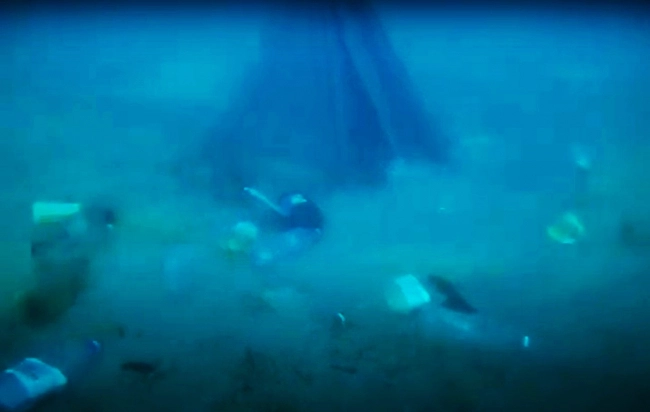
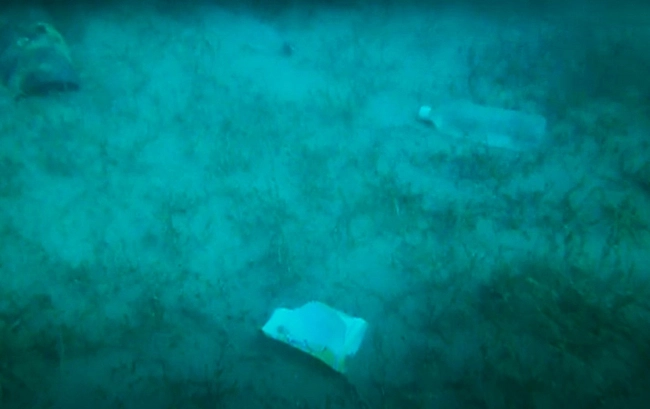
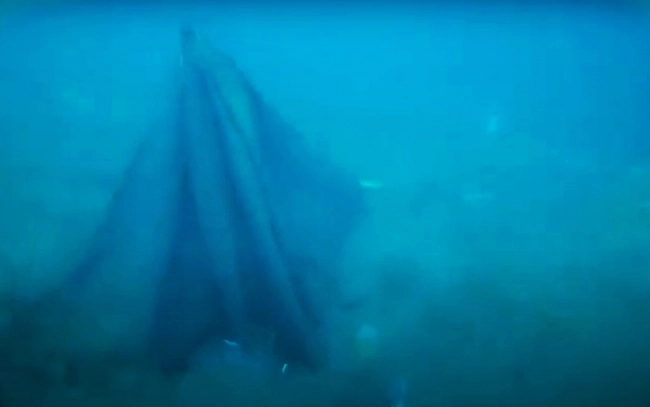
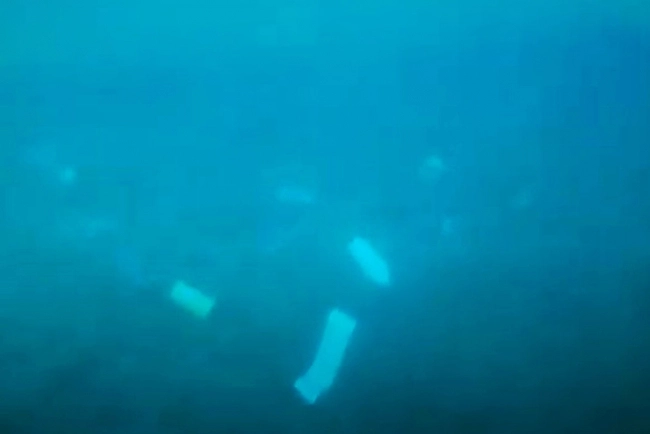
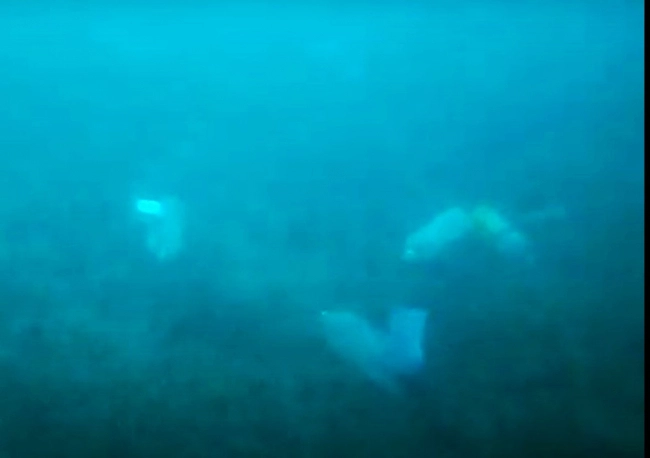
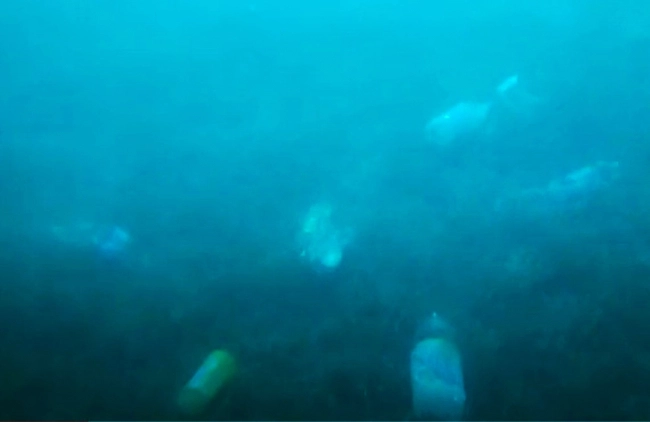
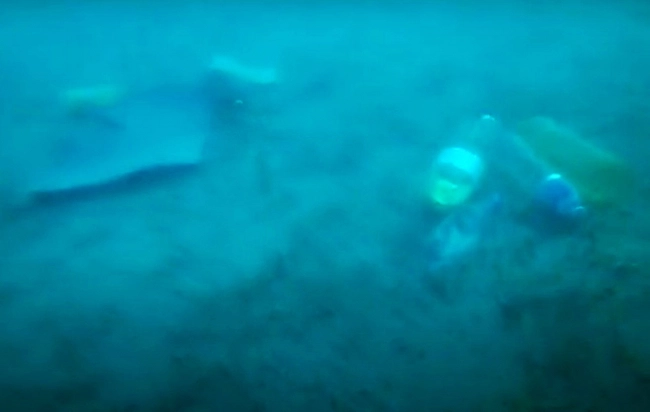
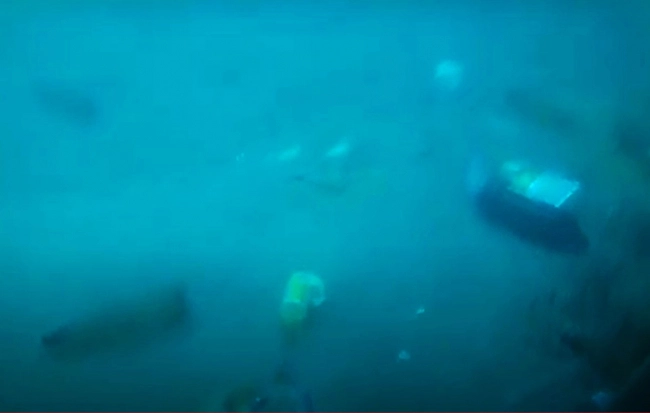
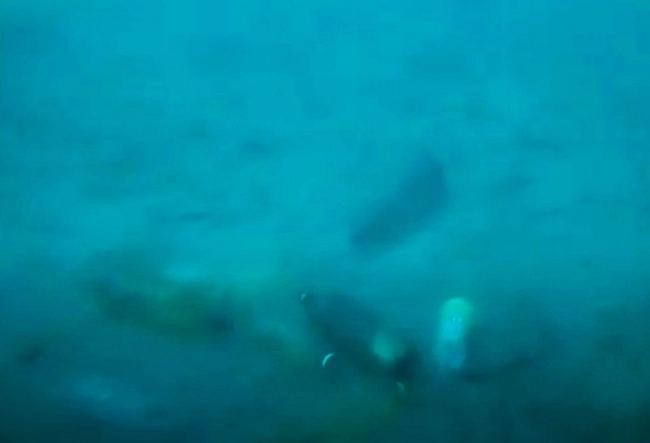
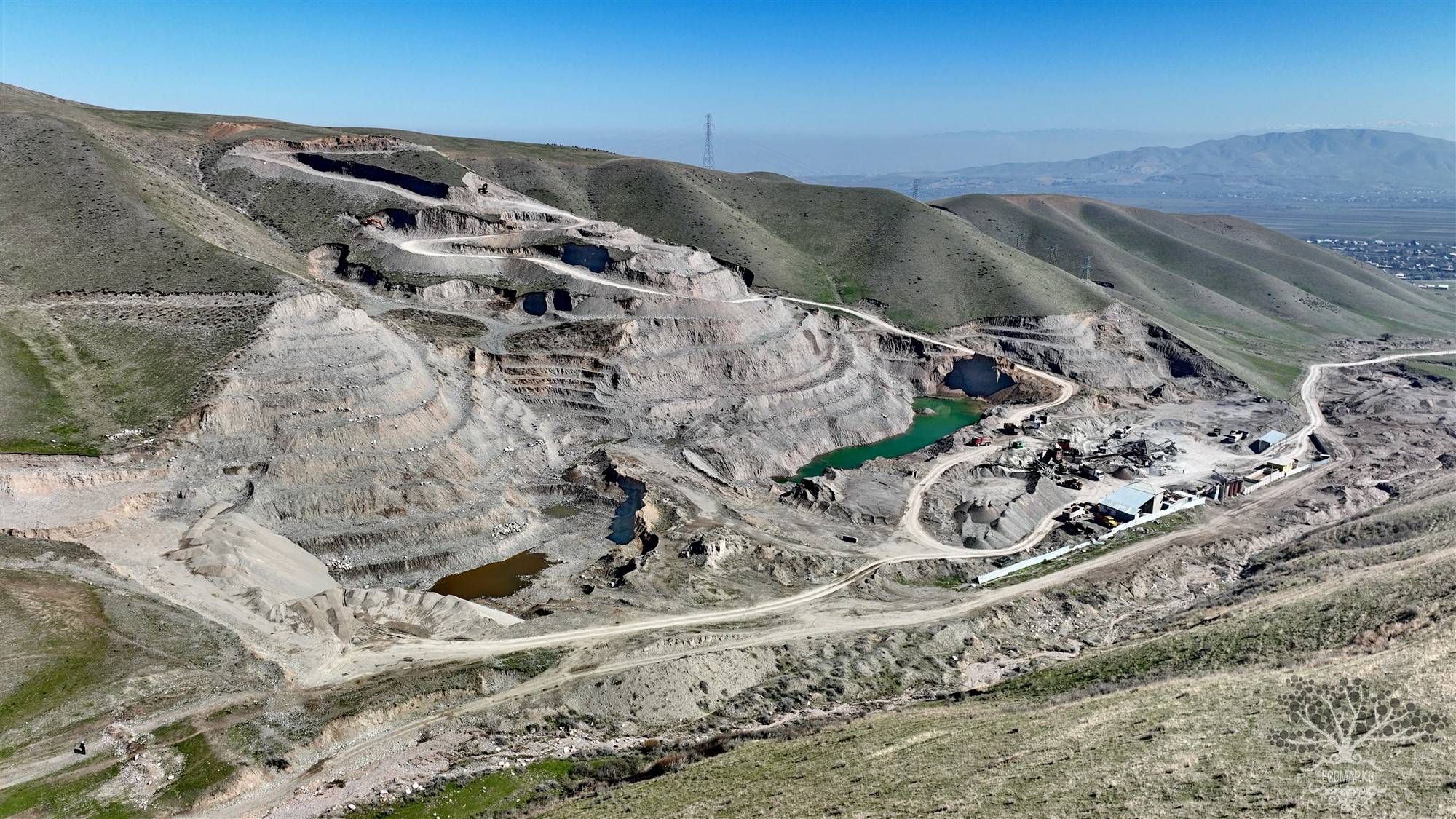
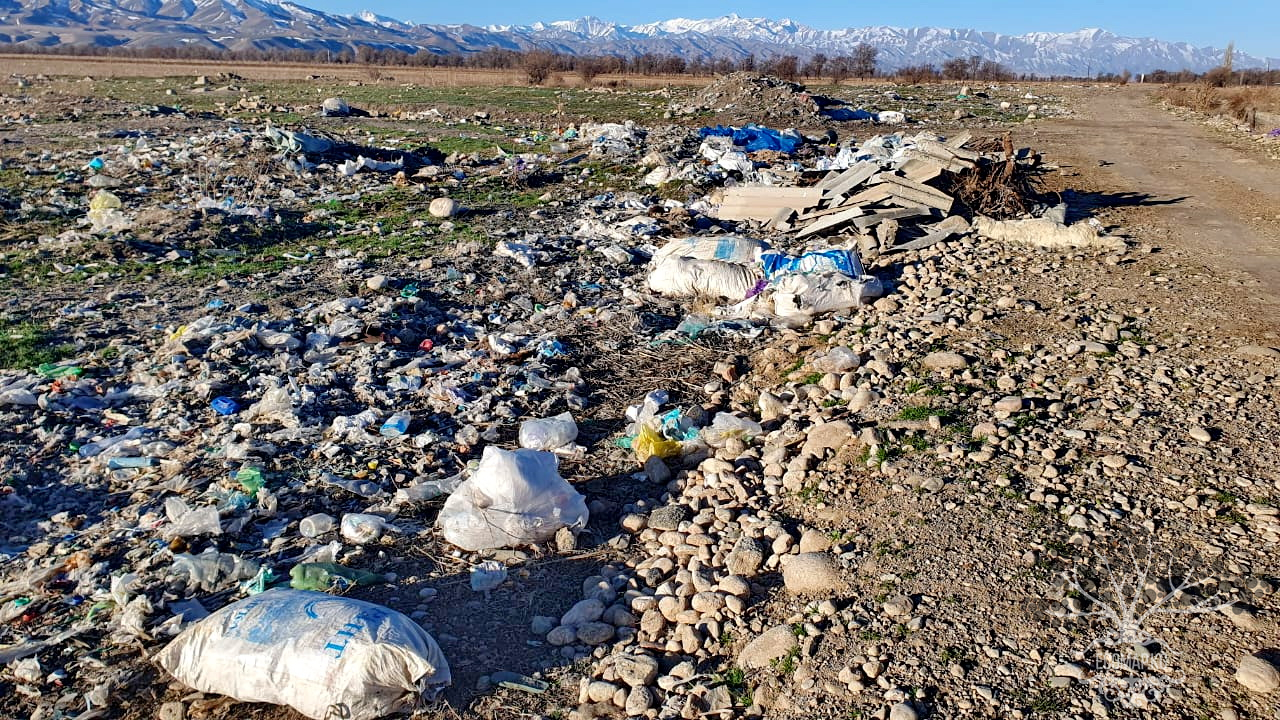
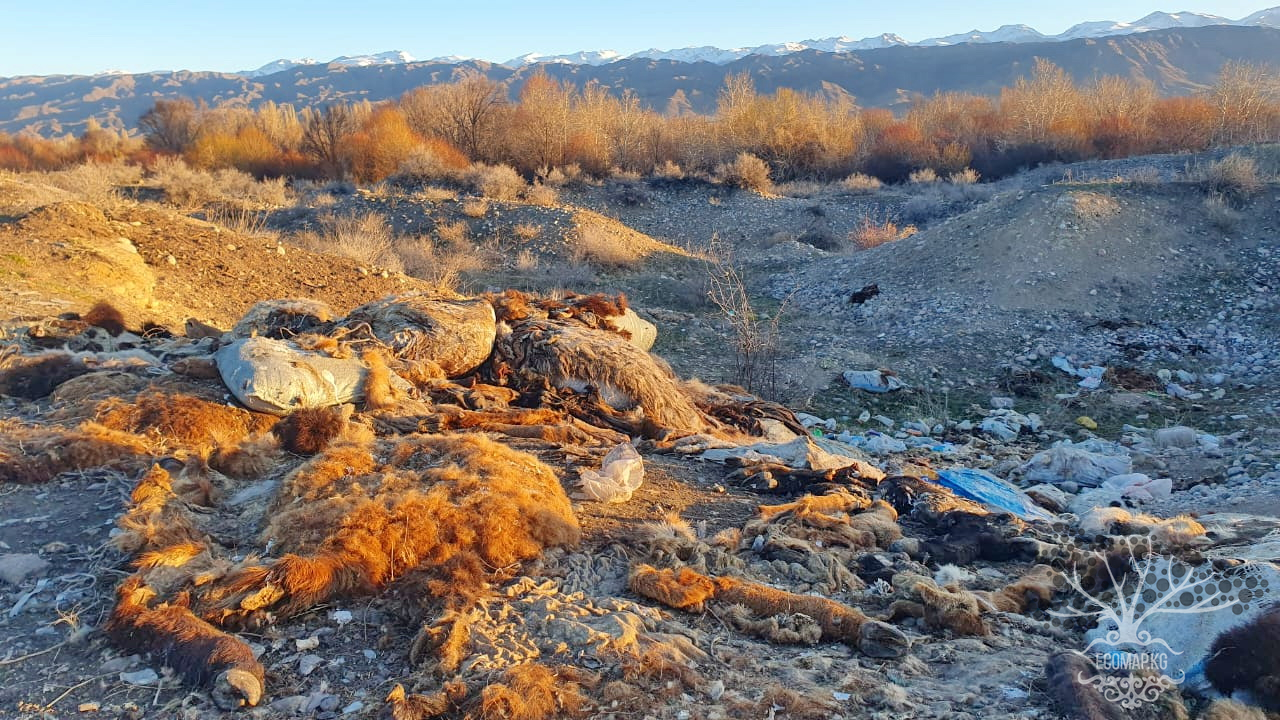



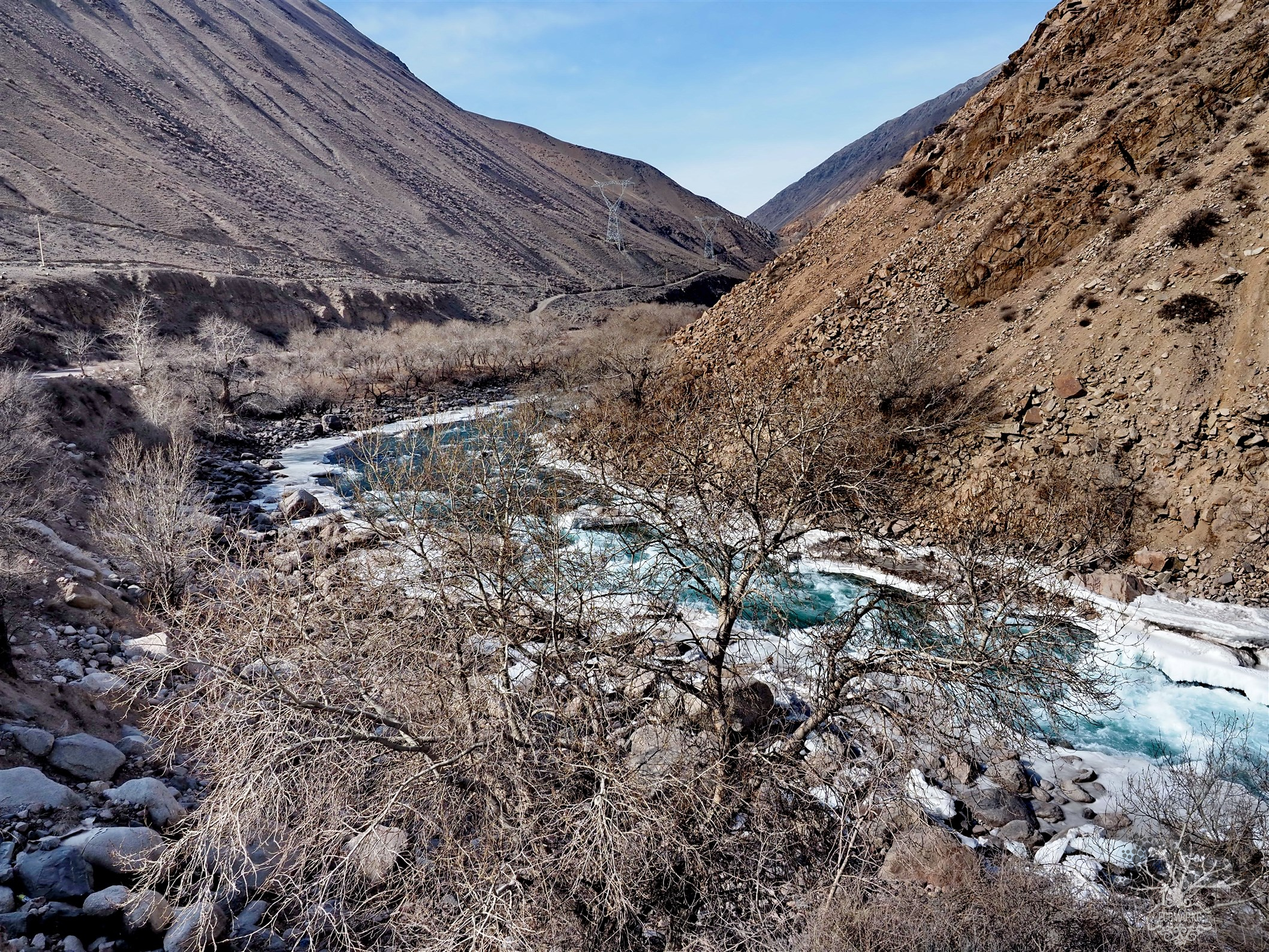
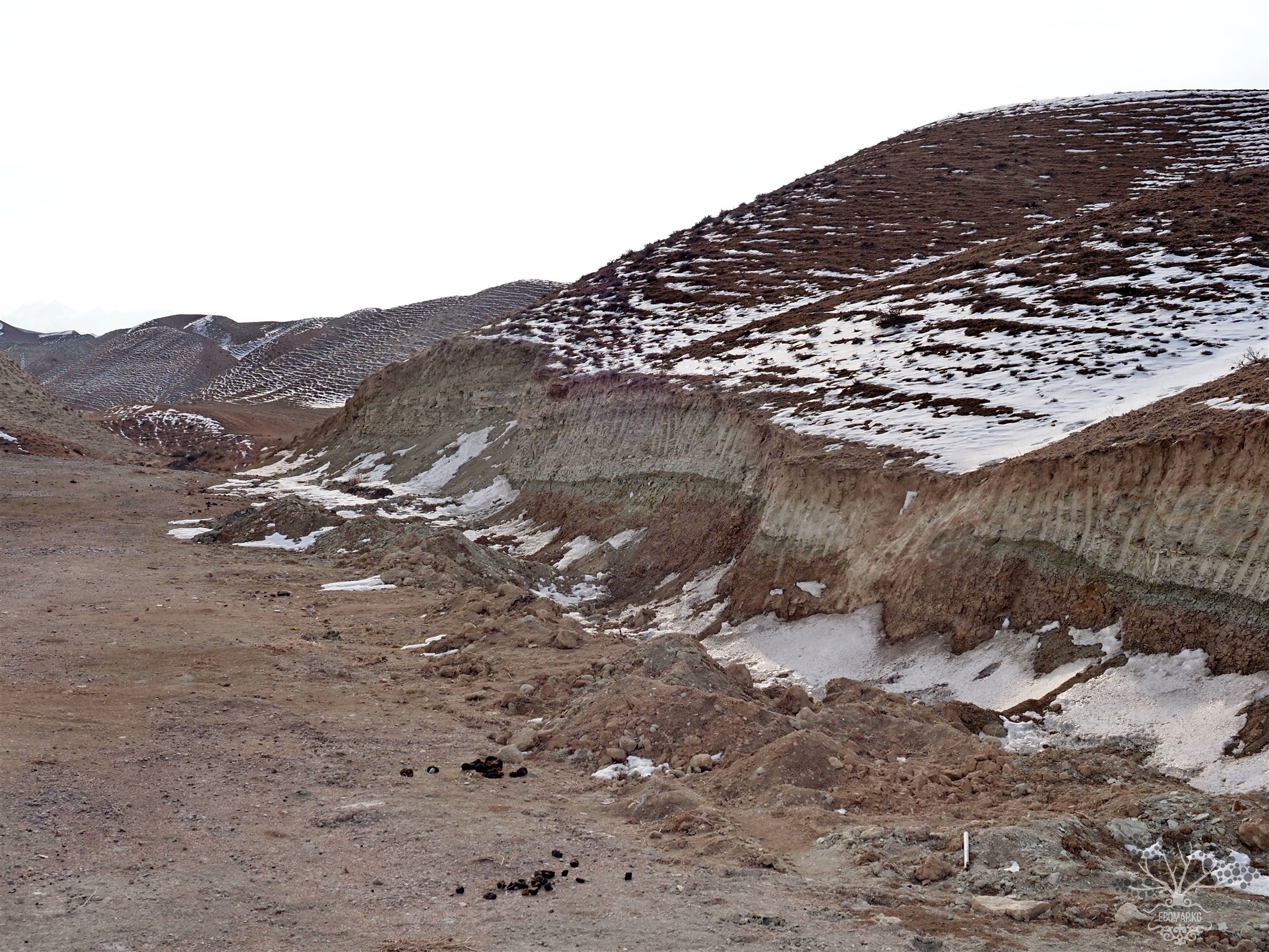
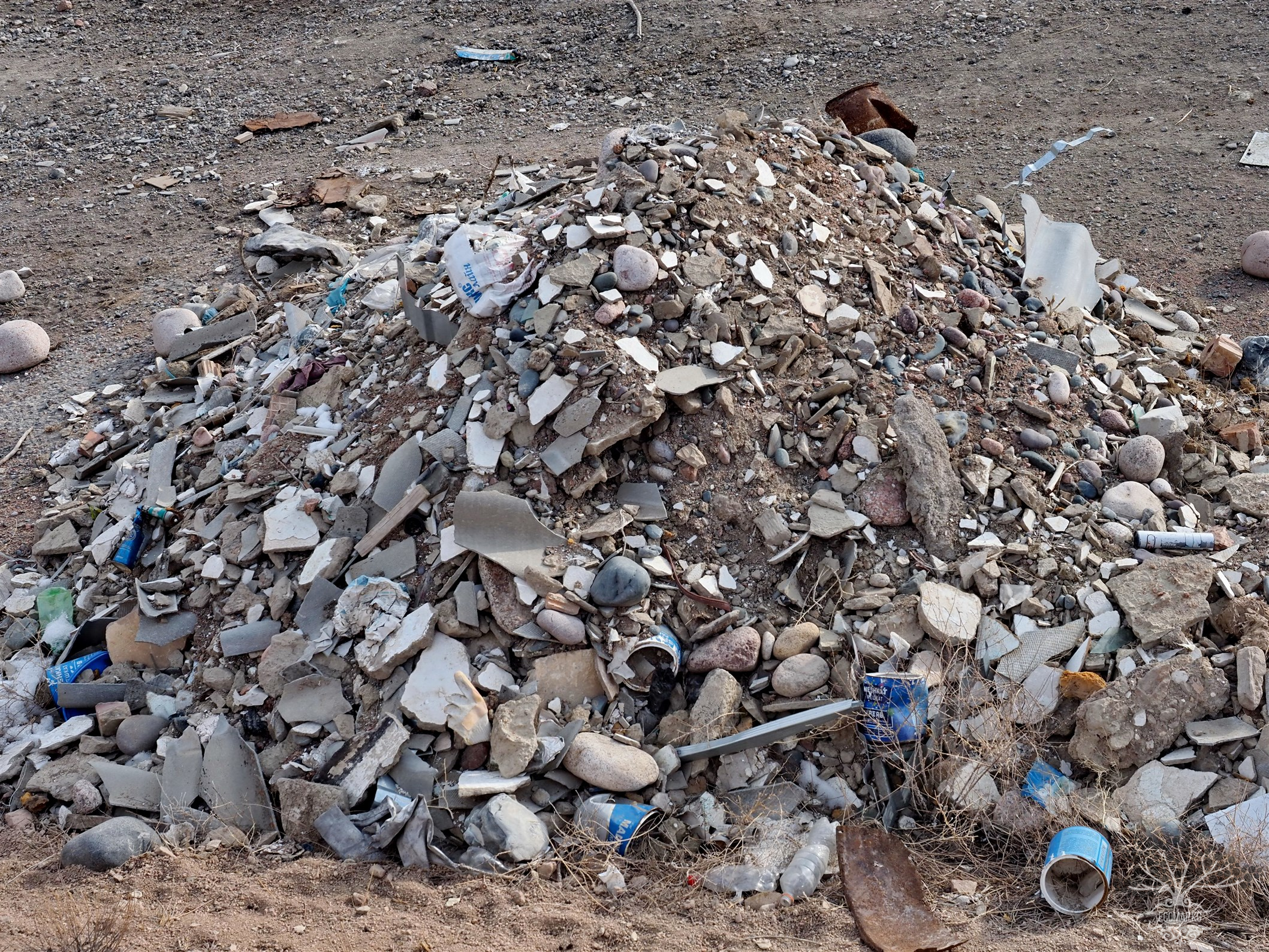
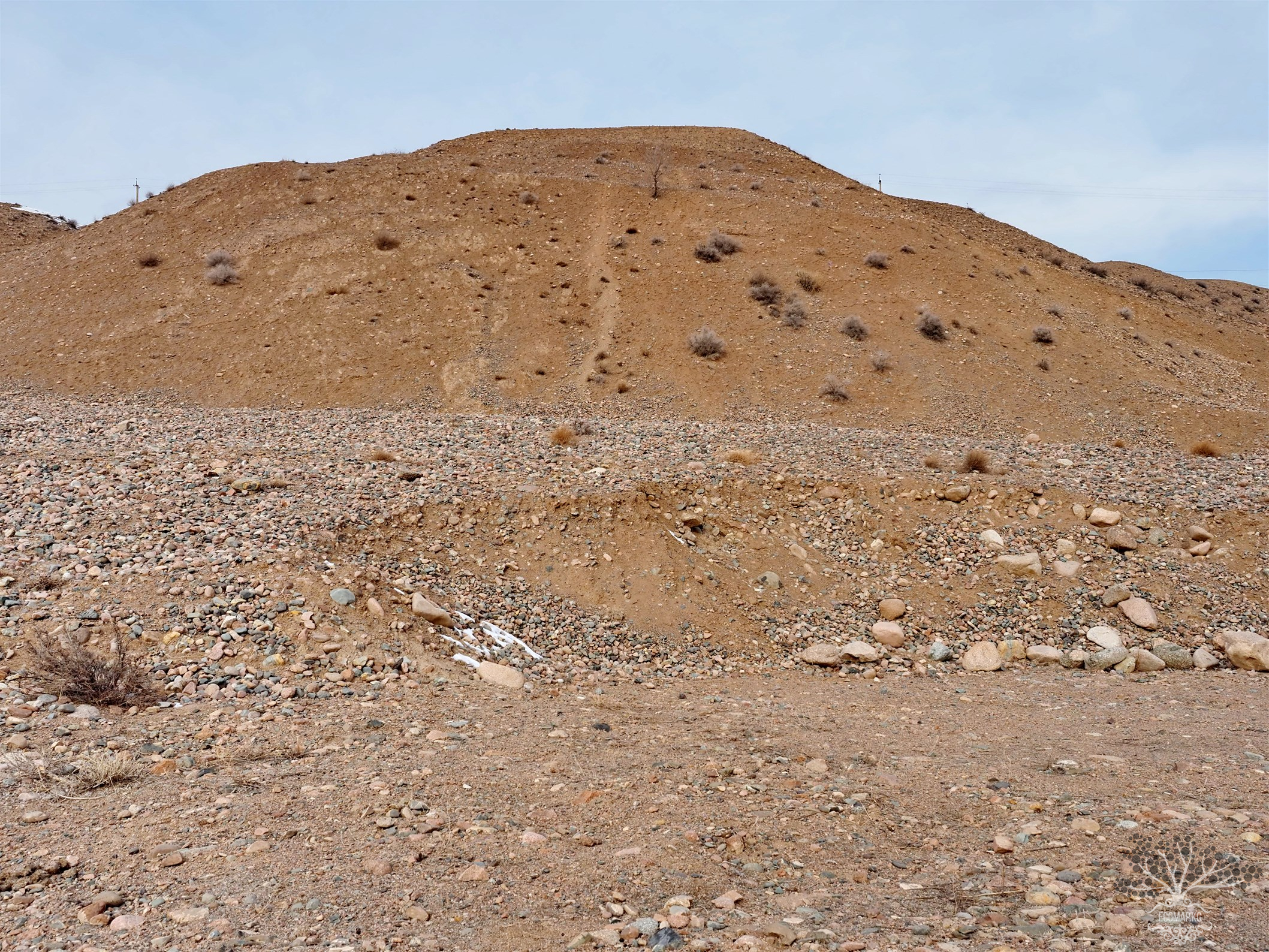


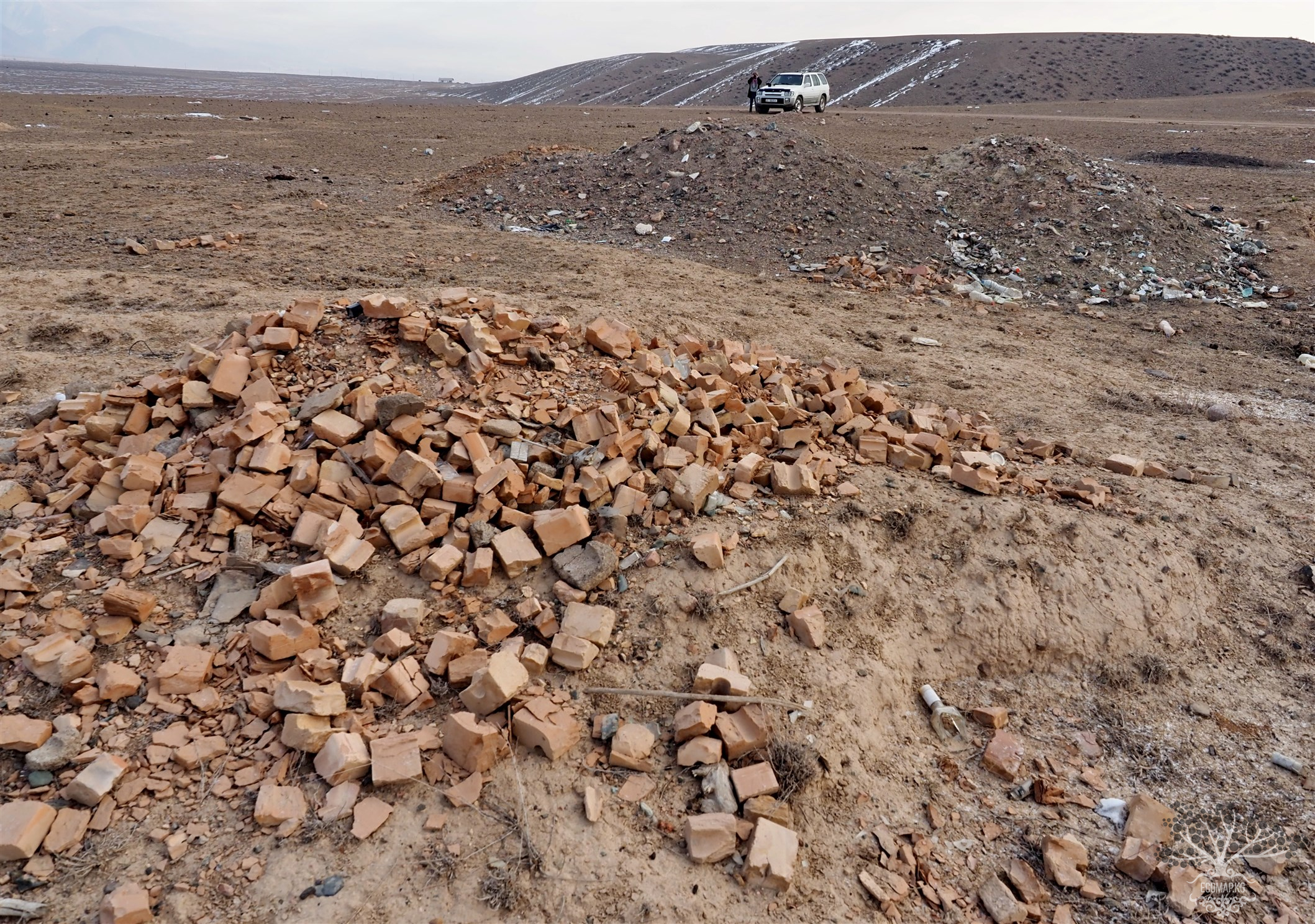
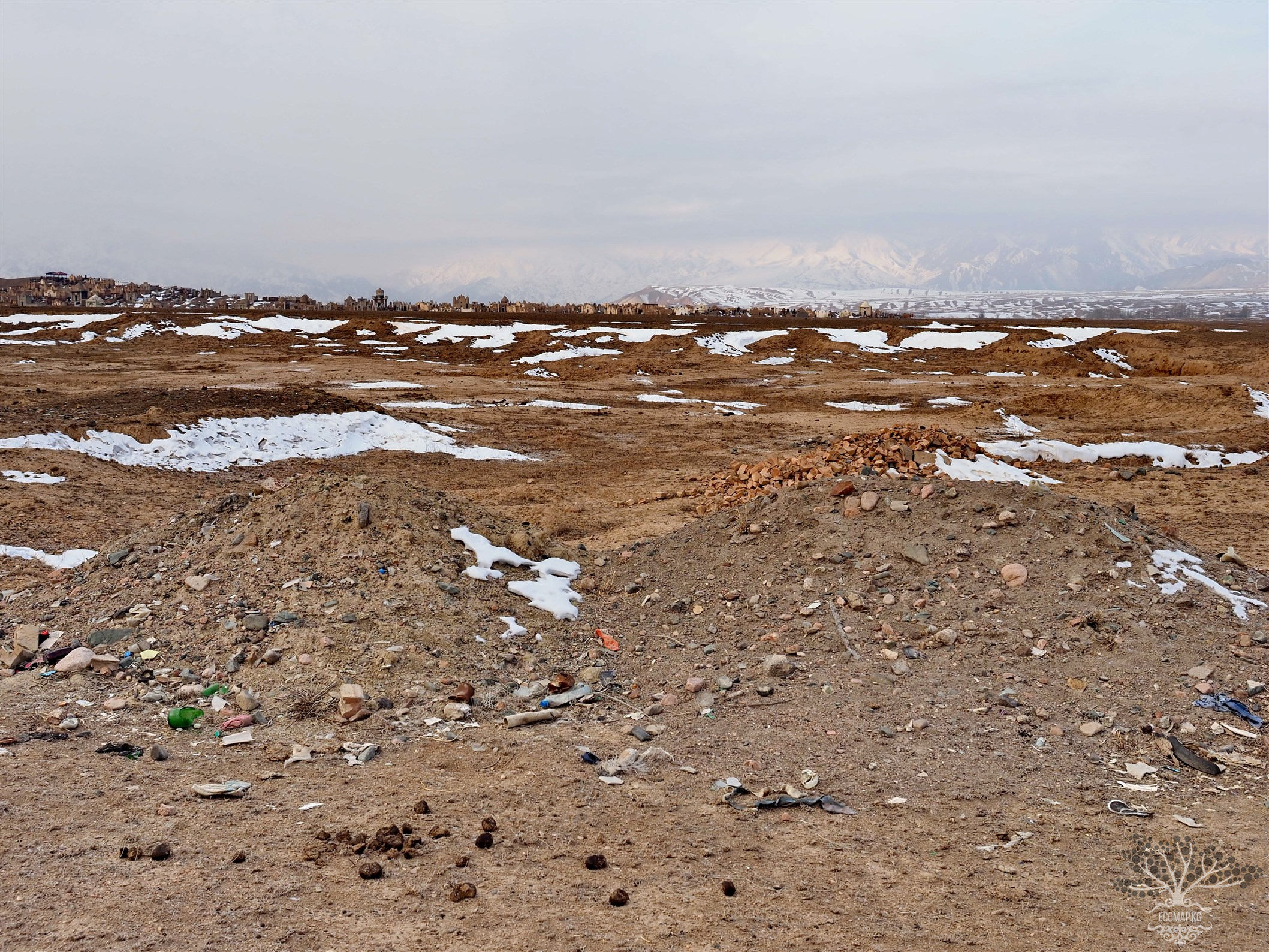

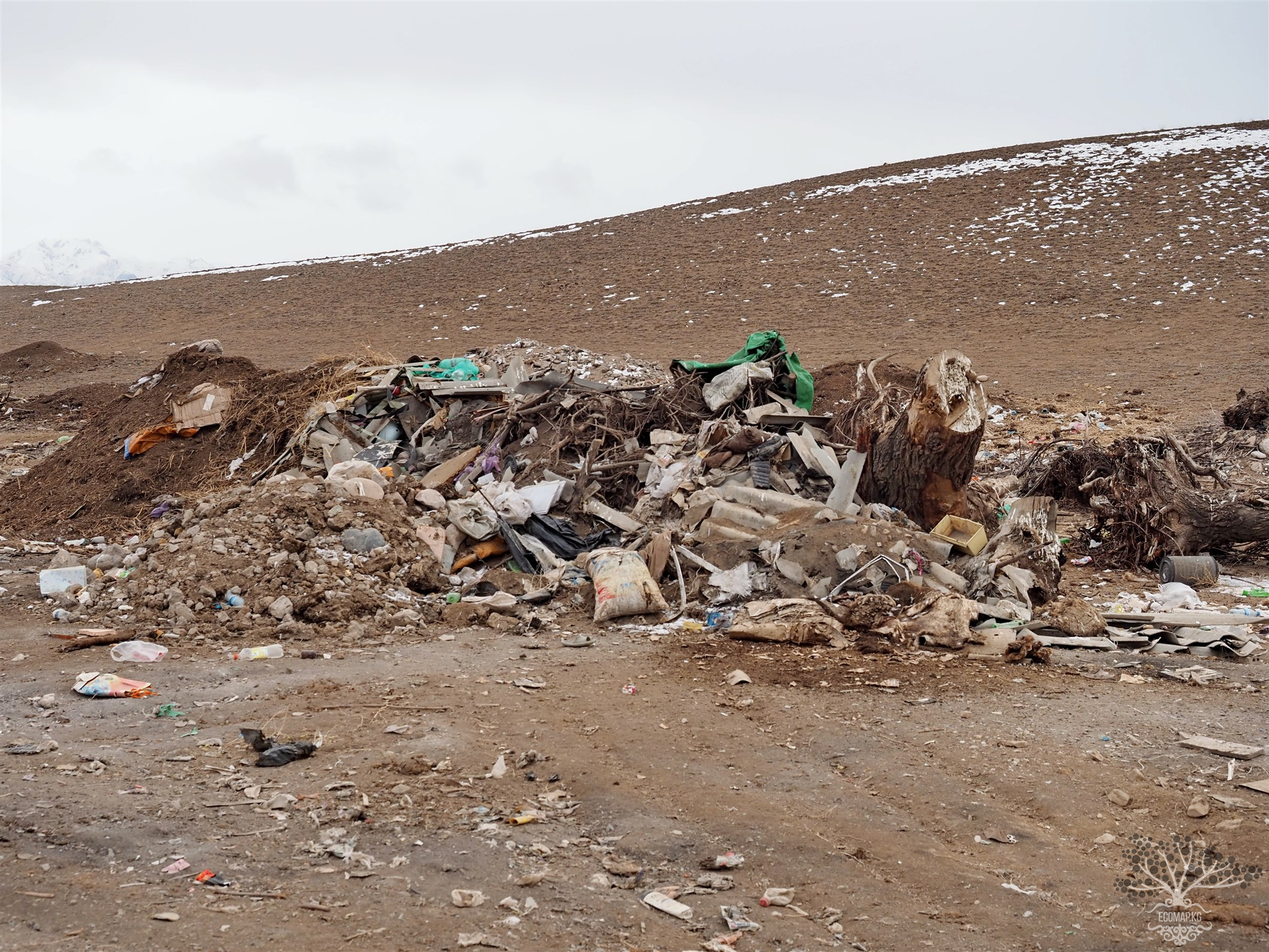
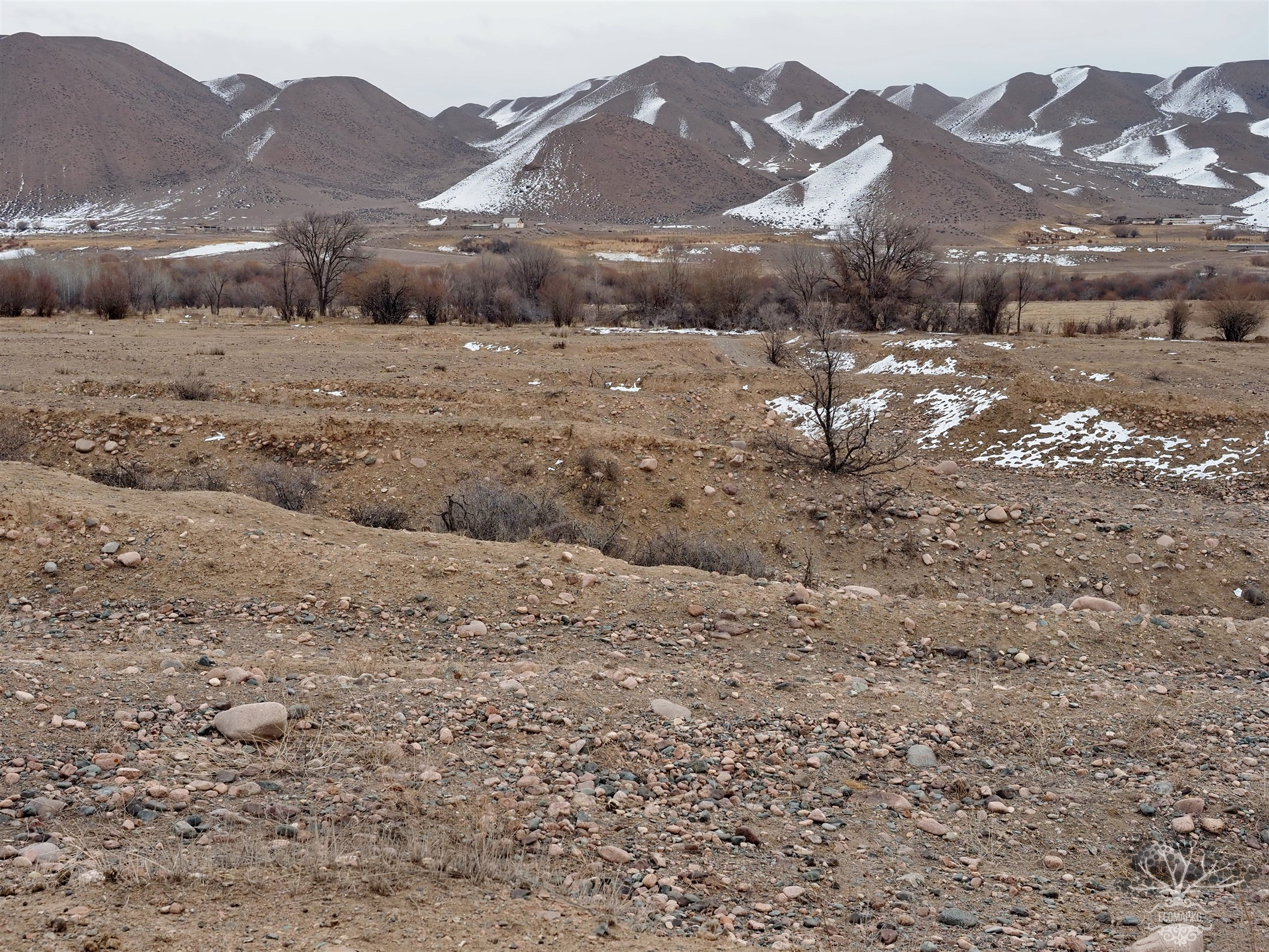
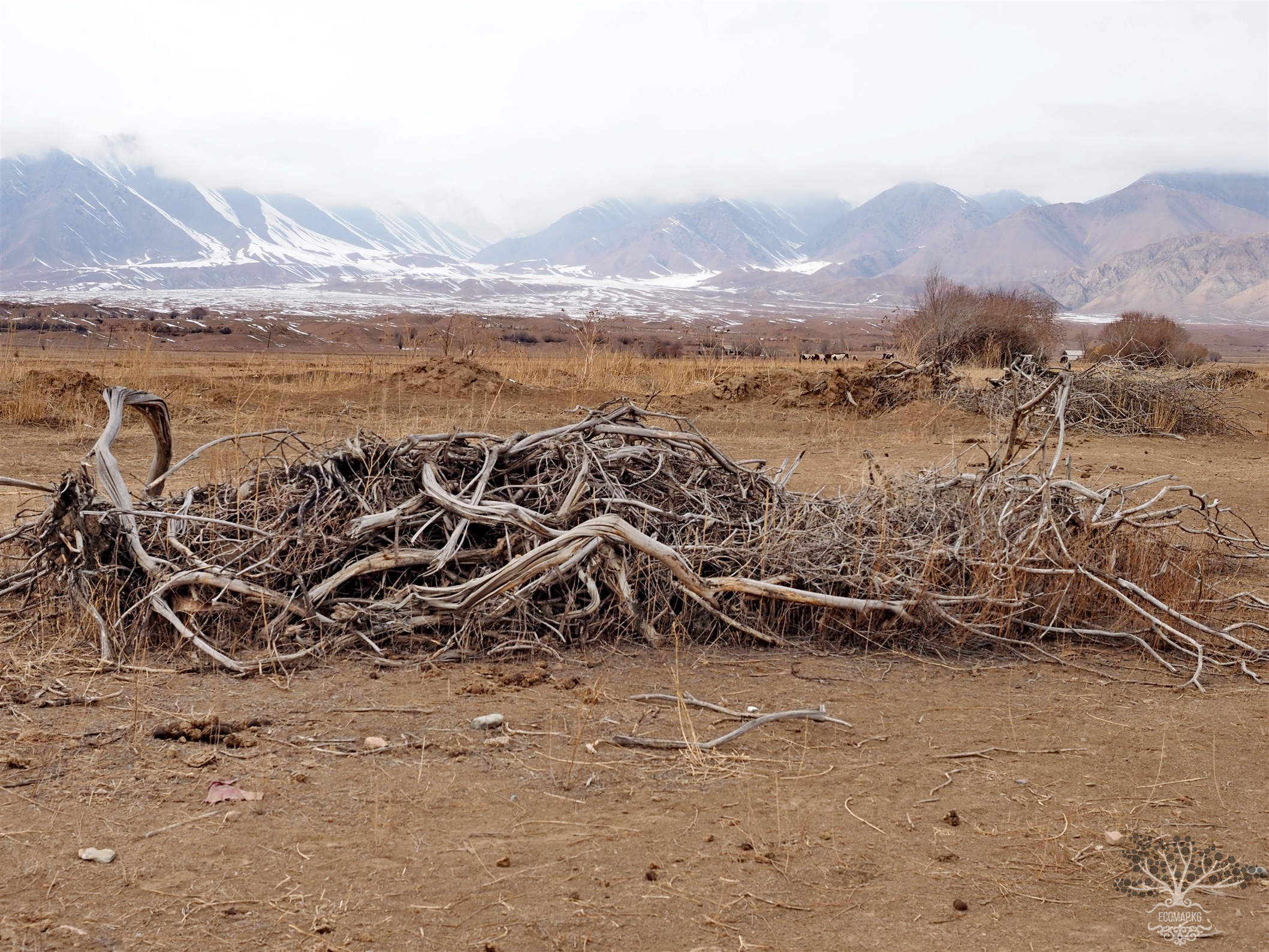
Attention: Information based on submitted complaints